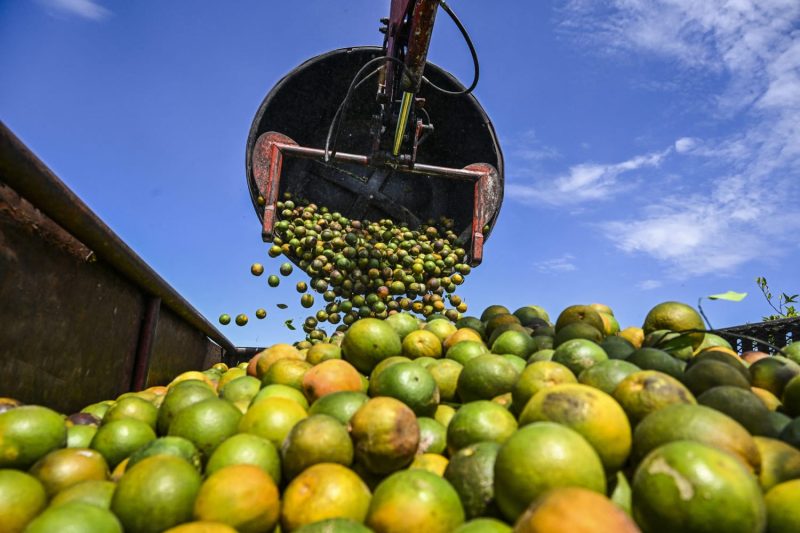In the modern world, many factors contribute to the pricing of goods, and the cost of products can vary significantly based on numerous variables at play within the market. One such product that often faces fluctuations in pricing is orange juice. Despite being a popular beverage enjoyed by people worldwide, orange juice is known for its relatively high cost compared to other fruit juices. Several key factors can help explain why orange juice is among the more expensive options on the market.
1. **Production Costs**: The process of producing orange juice involves several steps, each of which adds to the overall cost of the final product. Oranges must be grown, harvested, transported to processing facilities, and then juiced and packaged. These processes require significant resources, including labor, machinery, water, and energy, all of which contribute to the production costs of orange juice.
2. **Weather Conditions and Crop Yields**: Oranges are sensitive to weather conditions, and fluctuations in temperature, rainfall, and other environmental factors can impact crop yields. When weather patterns are unfavorable, such as during periods of drought or frost, the supply of oranges can be reduced. This limited supply can drive up the cost of oranges, making the production of orange juice more expensive.
3. **Transportation and Storage**: Oranges are typically grown in specific regions where they thrive, such as Florida, California, or Brazil. Once harvested, oranges need to be transported to processing facilities, which can involve long distances and additional costs. Furthermore, the perishable nature of oranges requires careful storage and transportation to prevent spoilage, adding to the overall expenses of producing orange juice.
4. **Market Demand and Competition**: Orange juice is a popular beverage choice for many consumers, leading to high demand for the product. When demand outstrips supply, prices tend to rise. Additionally, the orange juice market is competitive, with various brands vying for consumer attention. Competition among producers can also influence pricing, as companies may need to invest in marketing, quality control, and other aspects to differentiate their products.
5. **Economic Factors**: Economic conditions, such as inflation, exchange rates, and labor costs, can impact the pricing of orange juice. Fluctuations in these factors can affect the overall cost of production, leading to changes in the retail price of orange juice.
In conclusion, the cost of orange juice is influenced by a combination of factors, including production costs, weather conditions, transportation and storage expenses, market demand, competition, and economic factors. While orange juice may be perceived as relatively expensive compared to other fruit juices, these various elements help explain why the pricing of this beloved beverage can fluctuate over time. Understanding these factors can provide valuable insights into the dynamics of the orange juice market and why consumers may encounter different price points when purchasing this popular drink.
